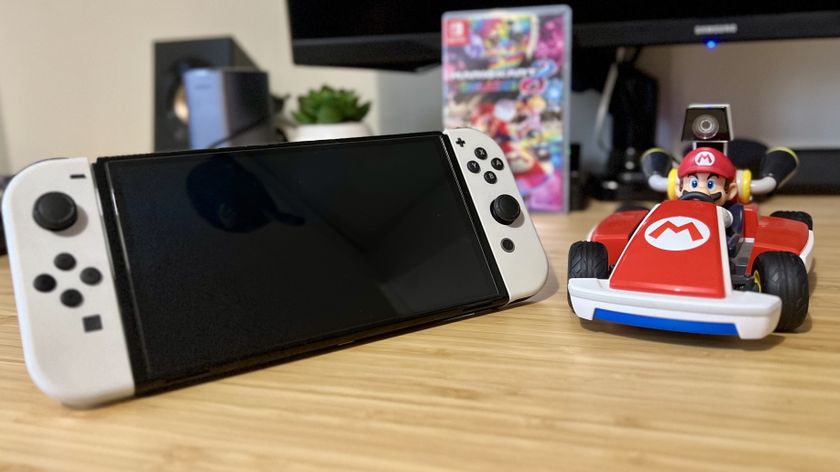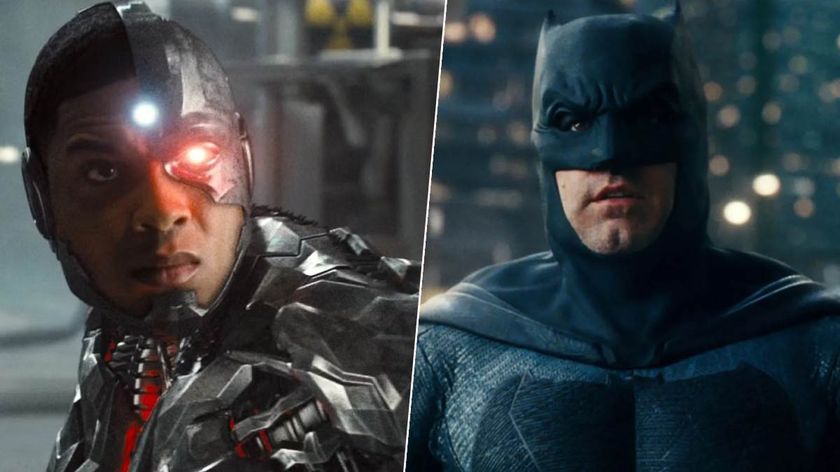Nintendo Switch OLED costs Nintendo $10 more to make according to analysts
The OLED screen itself makes up maybe half that cost

The upgraded Nintendo Switch OLED model is reportedly around $10 more expensive for Nintendo to manufacture.
That's according to industry analysts cited in a new report from Bloomberg, which dissects Nintendo's unusual strategy to release a new console iteration with minor upgrades at a higher price mid-generation.
Yoshio Tamura, a screen market research veteran and co-founder of industry firm DSCC, estimates that the improved screen in the OLED model accounts for roughly $3 to $5 of its increased manufacturing costs. Other analysts believe the remaining $5 to $7 comes from the console's internal storage bump – from a base 32GB to 64GB – and a few parts in the improved dock, which notably sports an ethernet port.
- Nintendo Switch 2 price will match the "affordability that our customers expect," company president promises – and I'm personally expecting $400 or so
- Nintendo teases that the Switch 2 screen will be around 30% bigger than the original, but I desperately hope they won't make us wait for an OLED option
These numbers are unofficial since Nintendo, a famously protective company in a famously secretive industry, hasn't released the details of its manufacturing process, but it is informed data from reputable sources. The Switch is more than four years old at this point and there's no longer any question as to what it's made of, so it's a fairly simple task to appraise the differences in the OLED model.
Together with the $200 Switch Lite, these three models will target three modes of play: an affordable handheld-only experience, a balanced experience at a standard price, and an upgraded handheld experience that allows docked play and is available at a premium. The Switch OLED is less distinctive than its sister models, but it does serve a purpose – though as our own Alyssa Mercante argued, it disappointingly lacks many highly requested features and quality-of-life improvements.
The original Nintendo Switch hasn't budged from its $300 price point, and there's no sign that this will change following the release of the $350 Switch OLED. Barring rare sales, Nintendo products – both software and hardware – rarely see price drops, which company executives have previously described as part of a strategy to both maintain value and uphold the perception of value. Hell, Mario Kart 8 Deluxe is still $60.
Likewise, unlike most consoles, Nintendo's always sold the Switch at a profitable price rather than taking a hit up front and recouping costs through long-term software and other sales. With an estimated $10 manufacturing jump on the Switch OLED and a $50 MSRP price hike, Nintendo's not only maintaining, if not widening its profit margins, but also reinforcing its message that it's not interested in price cuts.
Sign up to the 12DOVE Newsletter
Weekly digests, tales from the communities you love, and more
Here are the best Switch exclusives to fill out your library, and here's everything you need to know about Nintendo Switch OLED pre-orders.

Austin has been a game journalist for 12 years, having freelanced for the likes of PC Gamer, Eurogamer, IGN, Sports Illustrated, and more while finishing his journalism degree. He's been with 12DOVE since 2019. They've yet to realize his position is a cover for his career-spanning Destiny column, and he's kept the ruse going with a lot of news and the occasional feature, all while playing as many roguelikes as possible.



















Balatro creator initially considered a Steam release in part to help "get a game developer job somewhere," and after 5 million sales I'd say he found one

From "I stopped working on the project entirely" to "we are so back," Balatro creator says the roguelike's development was always about passion and taking breaks was essential



